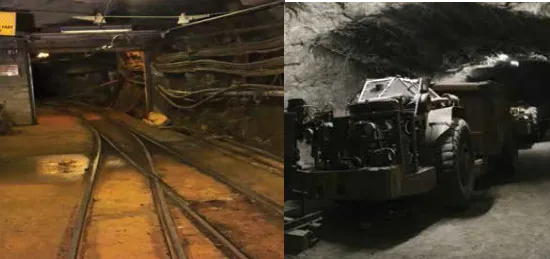ഡിസം . 16, 2024 18:08 Back to list
pneumatic ball valve
Understanding the Pneumatic Ball Valve A Key Component in Fluid Control
Pneumatic ball valves play a critical role in various industrial applications, serving as vital components for controlling fluid flow. These valves utilize compressed air to operate, making them an essential choice in industries such as oil and gas, chemical processing, and water treatment. With their unique design and efficient operation, pneumatic ball valves have garnered attention for their reliability and performance.
What is a Pneumatic Ball Valve?
A pneumatic ball valve is a type of quarter-turn valve that consists of a spherical disc – the ball – which has a hole through its center. When the valve is open, the hole aligns with the flow of the fluid, allowing it to pass through. When the valve is closed, the ball rotates 90 degrees to block the flow. The pneumatic actuator, which converts compressed air into mechanical energy, automates this action. This feature makes pneumatic ball valves particularly advantageous in applications where remote control is required.
Advantages of Pneumatic Ball Valves
1. Quick Operation Pneumatic ball valves allow for rapid opening and closing, making them ideal for situations where quick response times are essential. The quarter-turn design enables operators to switch from open to closed in mere seconds.
2. High Flow Efficiency The spherical design of the ball reduces pressure drop and optimizes flow efficiency. When fully open, these valves provide a straight-through path for the fluid, minimizing turbulence and energy loss.
3. Durability and Reliability Constructed from materials such as stainless steel, brass, and PVC, pneumatic ball valves can withstand harsh conditions, including corrosive environments and high pressures. Their design also means fewer moving parts, contributing to lower wear and tear.
pneumatic ball valve

4. Safety The robustness of pneumatic ball valves can enhance safety in industrial processes. The automatic control provided by pneumatic actuators allows for precise pressure and flow management, reducing the risk of accidents due to human error.
5. Versatility These valves are suitable for various media, including gases, liquids, and slurries. Depending on the material and design, they can be used in applications ranging from drinking water systems to high-temperature steam lines.
Applications of Pneumatic Ball Valves
Given their advantages, pneumatic ball valves find applications across numerous sectors. In the oil and gas industry, they are used to control the flow of oil and natural gas, ensuring safe and efficient operations. In chemical manufacturing, they manage the flow of hazardous and corrosive fluids, providing a reliable solution to prevent leaks and spills. Additionally, in wastewater treatment facilities, these valves control the flow of treated water and sludge, playing a vital role in environmental protection.
Choosing the Right Pneumatic Ball Valve
When selecting a pneumatic ball valve, several factors must be considered, including the size, material, pressure rating, and compatibility with the fluid type. Additionally, the actuator's specifications, such as control method (e.g., on/off or modulating) and air supply requirements, should align with the operational needs of the application.
Conclusion
Pneumatic ball valves are essential components in fluid control systems across diverse industries. Their quick operation, durability, and efficiency make them a preferred choice for many applications. As industries continue to evolve and seek automation solutions, the role of pneumatic ball valves will undoubtedly expand, solidifying their importance in the field of fluid handling and control. For anyone involved in system design or operation, understanding the capabilities and advantages of pneumatic ball valves is crucial for optimizing performance and ensuring safety.
Share